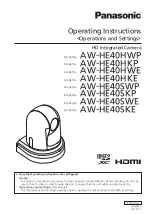
V1.02
Thom Hogan’s Complete Guide to the Nikon D300
Page 530
Recommendations:
1. One way to think about this function is that it is a sneaky
way to lock focus. Let’s say that you’re shooting a baseball
game and are anticipating some action at second base.
With
AF-ON only
set you’d point your camera at second
base, press the
AF-ON
button to establish focus, then wait
for the action. When the action does happen, the camera
won’t refocus
due to the press of the shutter release (as it
would with the camera default in place). There are two
useful aspects here: (a) if you established the focus well in
the first place, no player hitting one of the autofocus
sensors is going to reset it to someplace you might not
want it (if you’ve ever had a pitcher intrude into the near
part of the frame and catch one of the outer AF sensors,
you’ll know what I mean); and (b) you remove a teeny bit
of lag out of the shutter release to picture time, helping
you catch the exact moment of action.
2. If you’re one of those focus-and-set-exposure-then-reframe
types of shooters,
AF-ON only
helps you isolate these
actions in a way that you might find useful: (a) point the
camera at the thing you want in focus and press
AF-ON
;
(b) point the camera at that which you want to meter,
press and hold the
AE-L/AF-L
button (you might want to
explore Custom Setting #F6 for options here); and (c)
reframe and press the shutter release.
















































